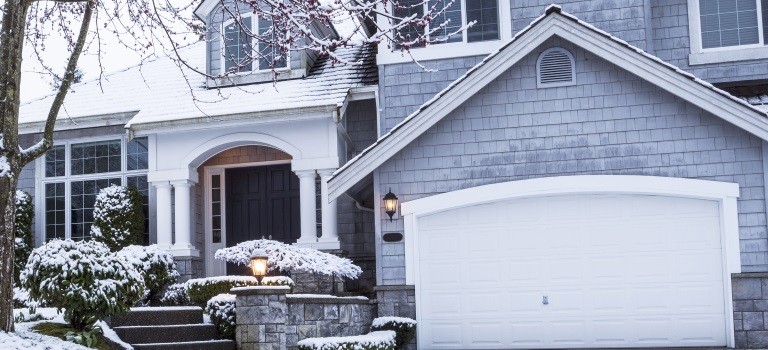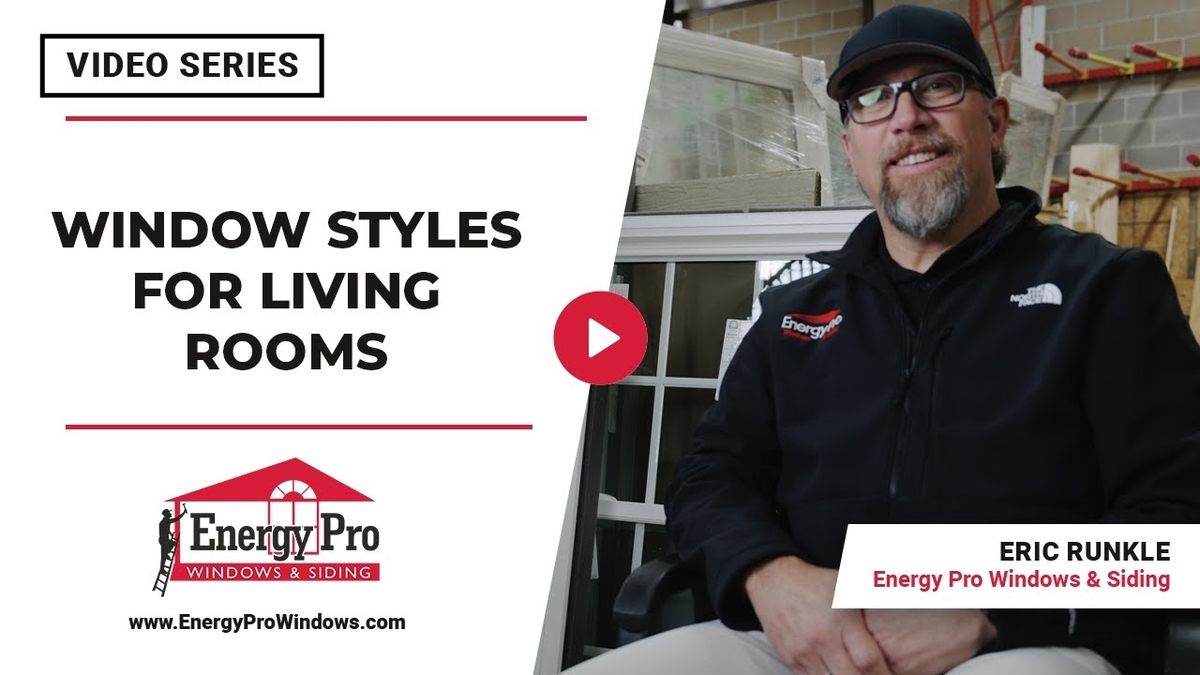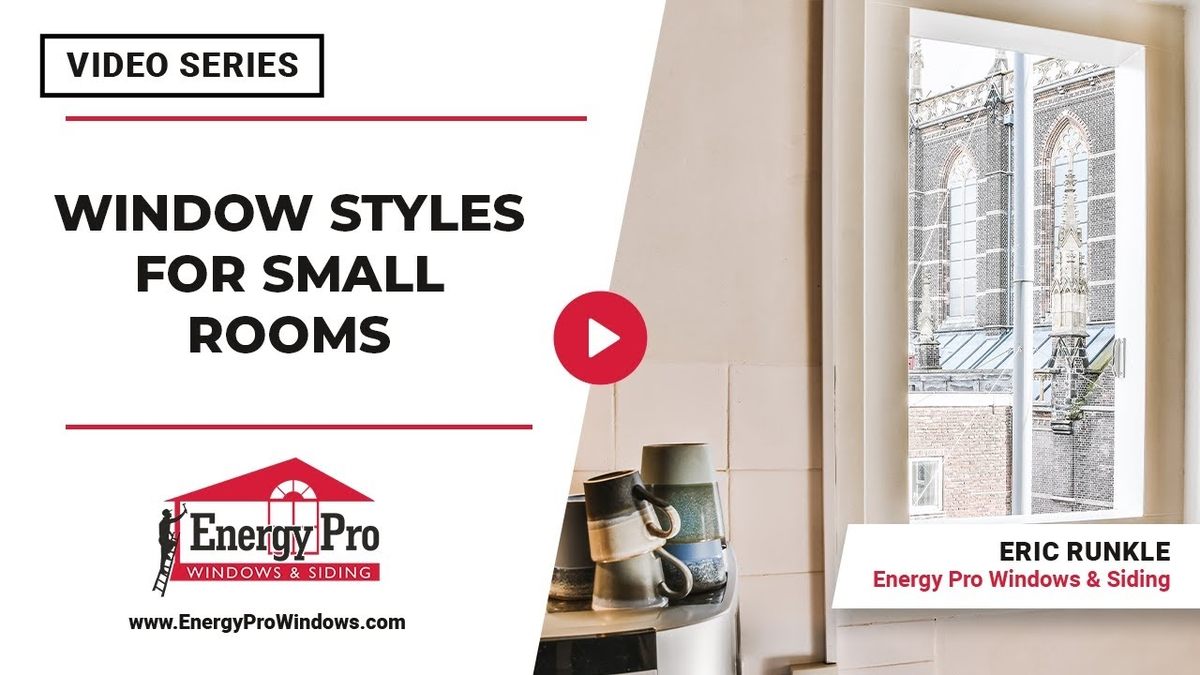Top 5 Ways to Prepare Your House for the Winter Months
Although most days still feel like summer, it won’t be long before the winter winds are howling at your door. If your house tends to be drafty, you’ll certainly notice when we arrive. Why not take a few minutes to inspect your home and see what needs to be taken care of before winter sets in? It may not be something you want to think about right now, but an ounce of prevention is worth a pound of cure as they say, and you’ll thank yourself when that first bit of cold air comes rushing down from the North.
Here are 5 ways to start getting your house in shape for winter weather.
Regardless of where you live within the KC metro area – Prairie Village, Leawood, Overland Park, or Olathe, KS; or Liberty, Lee’s Summit, or Kansas City, MO – start on these projects now while the weather is still warm. You’ll laugh in the face of those winter winds when they come, knowing that they can’t reach inside your warm and toasty home.
Weatherproof exterior doors
The doors on the outside of your home are one of the main culprits when it comes to cold air leakage. Feel around the edges of the door for a light breeze. If you can’t feel air coming through, light a candle, move it around the edges of the door, and watch for a flickering flame. Adding weather stripping around the inside of the doorframe can make a huge difference in keeping cold air out. If your doors already have weather stripping, check it for cracks or crumbling. It doesn’t last forever, and it may need to be replaced. You might also want to consider installing a door sweep, a flexible rubber strip that covers the space between the bottom edge of the door and the threshold. This will also keep winter winds from creeping into the house uninvited.
Check and replace windows
Walk around your house and look for cracked or broken window panes and wood rot. Many people don’t think to do this, but cracks and wood rot aren’t always noticeable unless you look for these conditions. Any type of imperfection in or around the window unit is cause for concern, so repairing wood rot and installing window replacements where they’re needed not only helps secure your home but also keeps cold air out. If your house has old single pane glass in the windows, you might want to consider a full window replacement. Replacing single pane windows with more energy-efficient double pane windows will not only cut out the drafts, it may save you money on monthly heating (and cooling) costs, too.
Consider siding replacement
As long as you’re walking around the outside of your house, take a good look at the siding, too. How long has it been since the siding was installed? Are there any cracks, gaps, warping or rotting? If the answer is yes, you need to look into replacing the siding. Siding is designed to protect your home from outside threats including harsh winter winds, snow, and ice. Unfortunately, these elements take their toll, and no siding, no matter how high the quality, is designed to last a lifetime. Any sign that your siding is starting to fail is a sign of trouble to come. Make time for a fall siding replacement project, and your home will be protected for many years to come.
Replacing windows and siding are big jobs that are better left to the pros. Folks in the KC metro area know that Energy Pro Windows and Siding is a great place to get questions answered for both of these projects. We offer a wide selection of replacement windows and siding options for every type of home and are happy to walk you through the selection process.
Add insulation
Heat escaping through the attic is one of the major causes of high heating bills in the winter, and many people don’t have sufficient insulation in the attic to prevent this from happening. It’s easy to tell which homes in your neighborhood have adequate insulation and which don’t. When it snows, look for the roofs that remain covered in snow for several days. Those homes are properly insulated, meaning the majority of the heat remains inside the house, rather than escaping through the attic. The homes that have clean roofs only hours after a snowfall are the ones that are losing the most heat. Check the levels of insulation in your attic and add more to bring it up to recommended levels if needed. The recommended amount of insulation for the Midwest is a minimum of 12 inches of R-38 insulation.
You might also consider blowing insulation into your walls, especially if you have north-facing walls. Freezing pipes and walls that are cold to the touch are signs that you may not have enough insulation in the wall. Depending on how your wall is structured, you may be able to add more insulation without tearing up the house to do it. Consider this option if you really want to make your house as energy efficient as possible.
Close the fireplace damper
This one is simple but important. If you have a fireplace in the house, check the damper and make sure it’s closed unless you’re actually using the fireplace. Heat goes straight up the flue and out through the chimney if the damper is left open, resulting in a chilly room and higher heating costs. Make it a practice to close the damper after each use to prevent warm air from escaping – but make sure you wait until the fireplace cools off to do so.
Staying on top of these projects throughout the year ensures that you’re prepared when cold weather hits. If you need advice as you go, give Energy Pro Windows and Siding a call. We’re the experts when it comes to window replacements and siding installation, and we’ve been serving the Kansas City metro area for 15 years. We offer a great selection of products and are always happy to answer questions. We’ll help get you ready for those cold winter months ahead.Give us a call today!




